Journal list menu
Export Citations
Download PDFs
ISSUE INFORMATION
COMMENTARY
A humble neuroanatomist: Martin Berry, PhD (1936–2021)
- Pages: 3783-3785
- First Published: 01 May 2022
MOLECULAR AND SYNAPTIC MECHANISMS
Extracellular vesicles from bone marrow stromal cells reduce the impact of stroke on glial cell activation and blood brain-barrier permeability via a putative miR-124/PRX1 signalling pathway
- Pages: 3786-3805
- First Published: 19 April 2022
NMDA receptor antagonists engender neuroprotection against gp120-induced cognitive dysfunction in rats through modulation of PKR activation, oxidative stress, ER stress and IRE1α signal pathway
- Pages: 3806-3824
- First Published: 11 May 2022
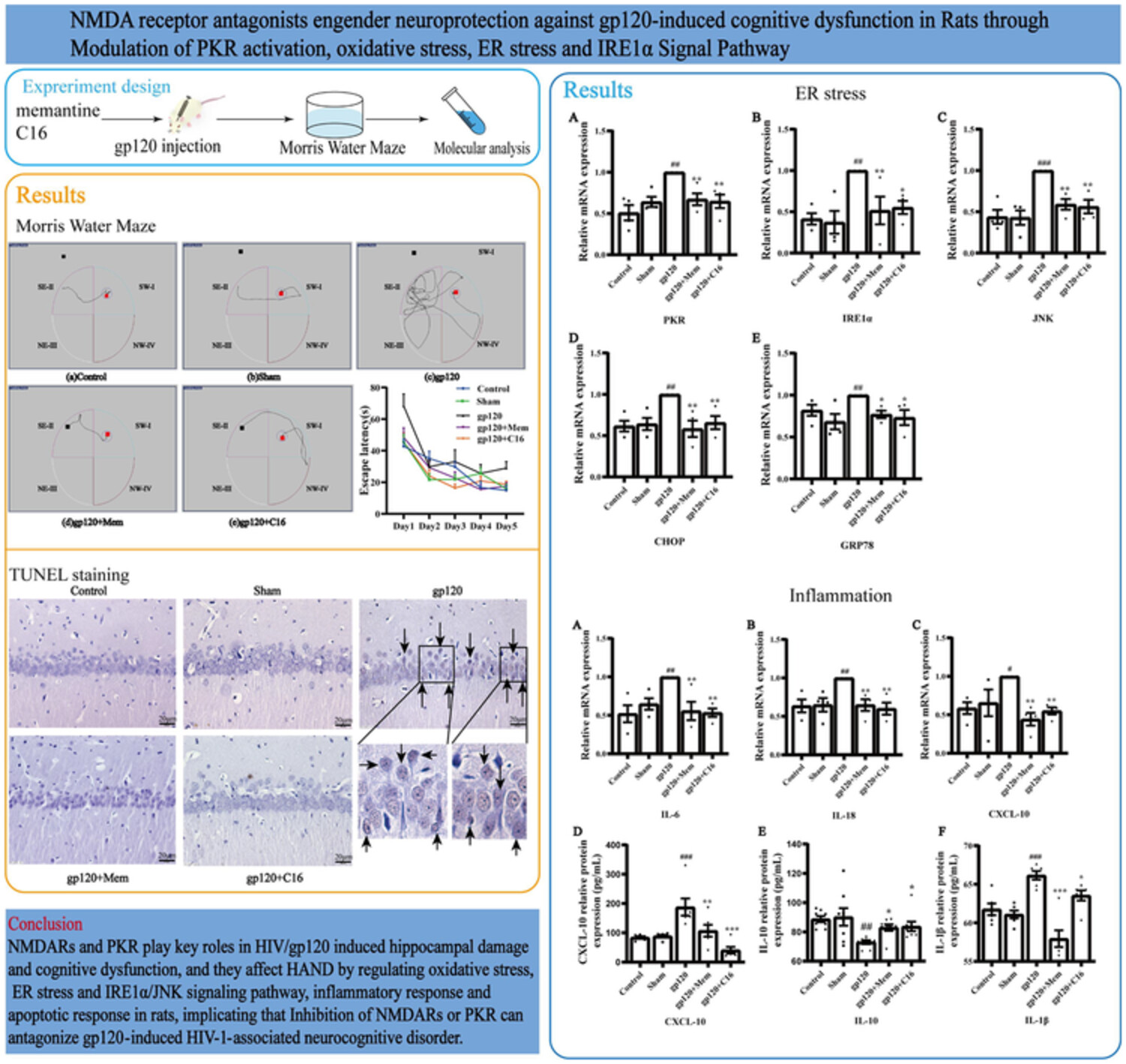
NMDAR receptor and PKR play key roles in HIV-1 envelope glycoprotein gp120-induced learning, memory impairment and cognitive dysfunction based on ER stress. Gp120 overactivates NMDARs and upregulates PKR expression, evokes oxidative stress and ER stress, and then activates IRE1α pathway and ultimately stimulates the occurrence of neuroinflammatory response. NMDARs antagonists and PKR inhibitors can prevent gp120-induced hippocampal injury, and implicating PKR inhibitors could provide a novel neuroprotective strategy for HAND via inhibiting ER stress and its downstream IRE1α signalling pathway.
Place cells in the claustrum remap under NMDA receptor control
- Pages: 3825-3838
- First Published: 03 June 2022
RBP-J deficiency promoted the proliferation and differentiation of CD133-positive cells in both in vitro and in vivo studies
- Pages: 3839-3860
- First Published: 03 June 2022
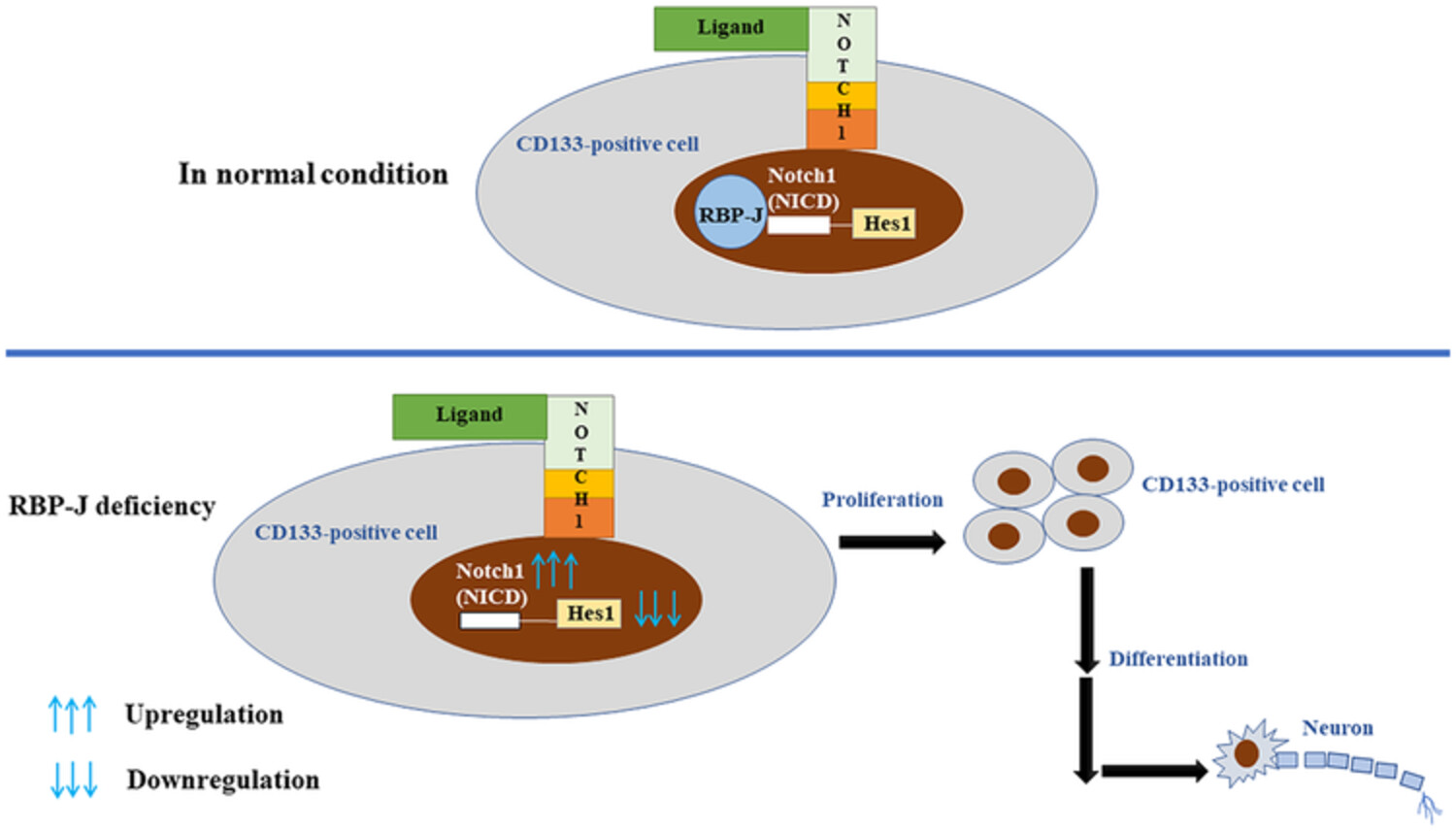
In normal condition, when Notch ligands bind to their receptors, the intracellular domain of Notch (NICD) is released and translocated into the nucleus, where NICD-RBP-J complex is formed and activates such the target gene as Hes1, which maintains CD133-positive cells in the characteristics of NSCs. RBP-J deficiency promoted the proliferation of CD133-positive cells and their differentiating into the immature and mature neurons by upregulating Notch1 and downregulating Hes1 expressions.
BEHAVIORAL NEUROSCIENCE
Prior actions influence cost–benefit-related decision-making during mouse foraging behaviours
- Pages: 3861-3874
- First Published: 11 May 2022
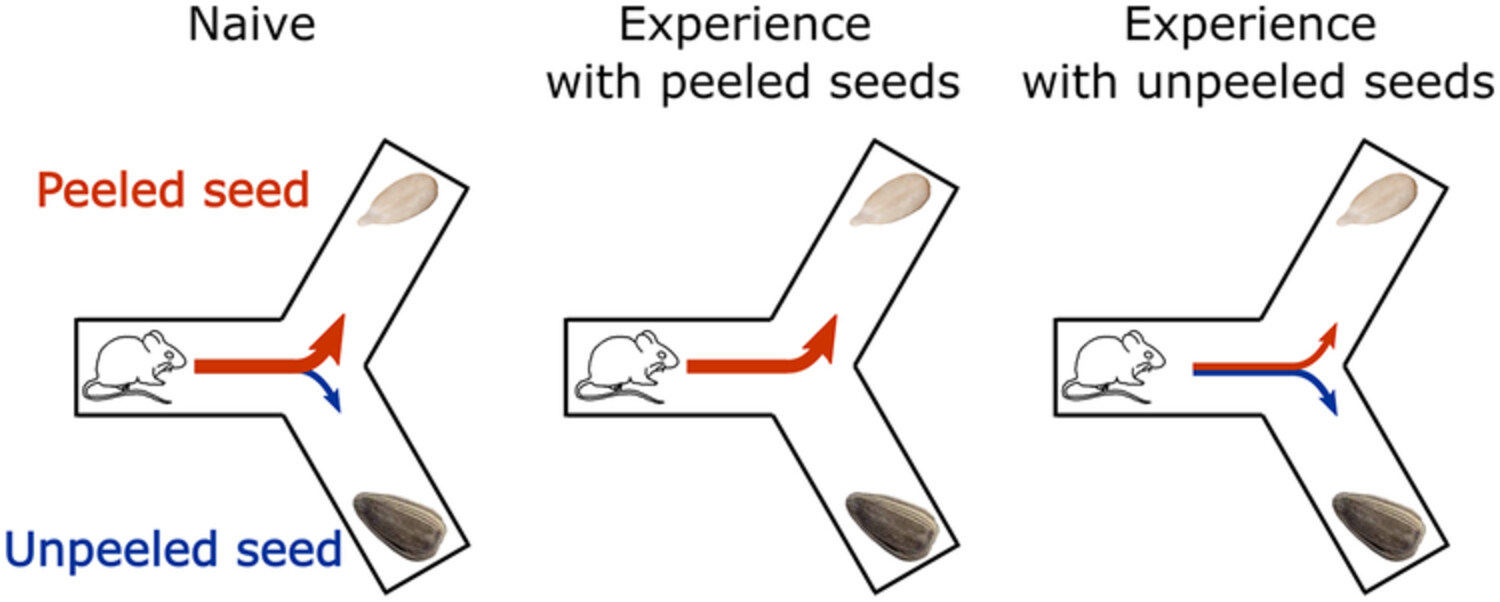
Here, we report a sunflower seed foraging test to investigate how effort and prior actions influence decision-making. Naïve mice are more likely to choose peeled seeds requiring low effort while mice with prior seed peeling experience significantly reduced preference for peeled seeds. These results suggest that mice make rational foraging choices based on effort estimation and prior actions to obtain rewards alter effort estimation and decision-making through motor skill learning.
Prenatal reduction of E14.5 embryonically fate-mapped pyramidal neurons in a mouse model of autism
- Pages: 3875-3888
- First Published: 30 May 2022
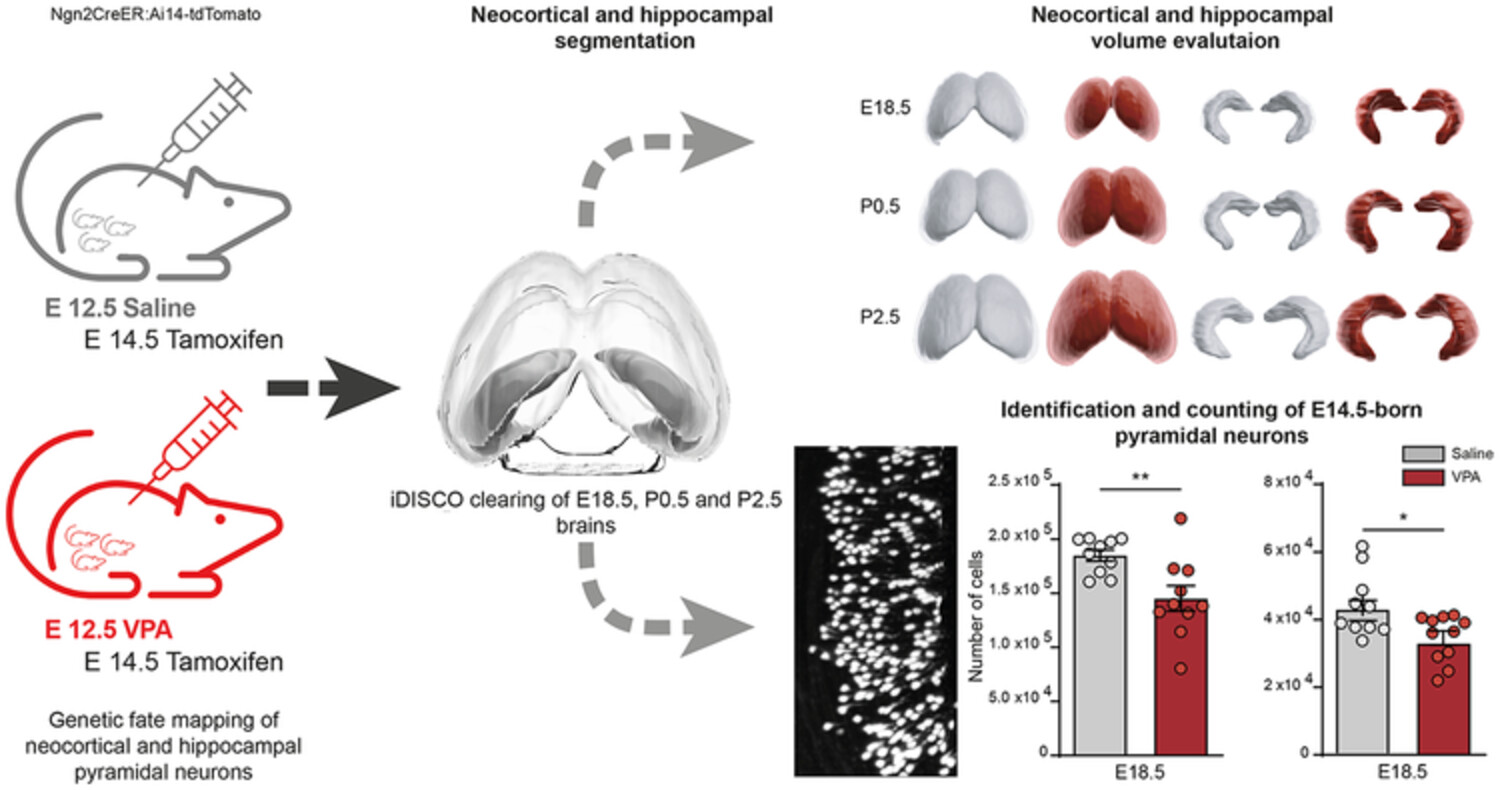
Using genetic fate mapping in the VPA mouse model of autism associated with the iDISCO clearing method, we evaluated early brain signatures of autism around the critical period of birth. The hippocampus and neocortex of VPA mice present before birth, and not after, less pyramidal neurons born at E14.5. Also, the volumes of these two structures differed around birth. This work further supports the early pathogenesis of autism spectrum disorders.
COGNITIVE NEUROSCIENCE
Effects of psychological stress and cortisol on decision making and modulating factors: A systematic review
- Pages: 3889-3920
- First Published: 19 May 2022
Cerebral laterality of writing in right- and left-handers: A functional transcranial Doppler ultrasound study
- Pages: 3921-3937
- First Published: 30 May 2022
SYSTEMS NEUROSCIENCE
The solitary nucleus connectivity to key autonomic regions in humans
- Pages: 3938-3966
- First Published: 11 May 2022
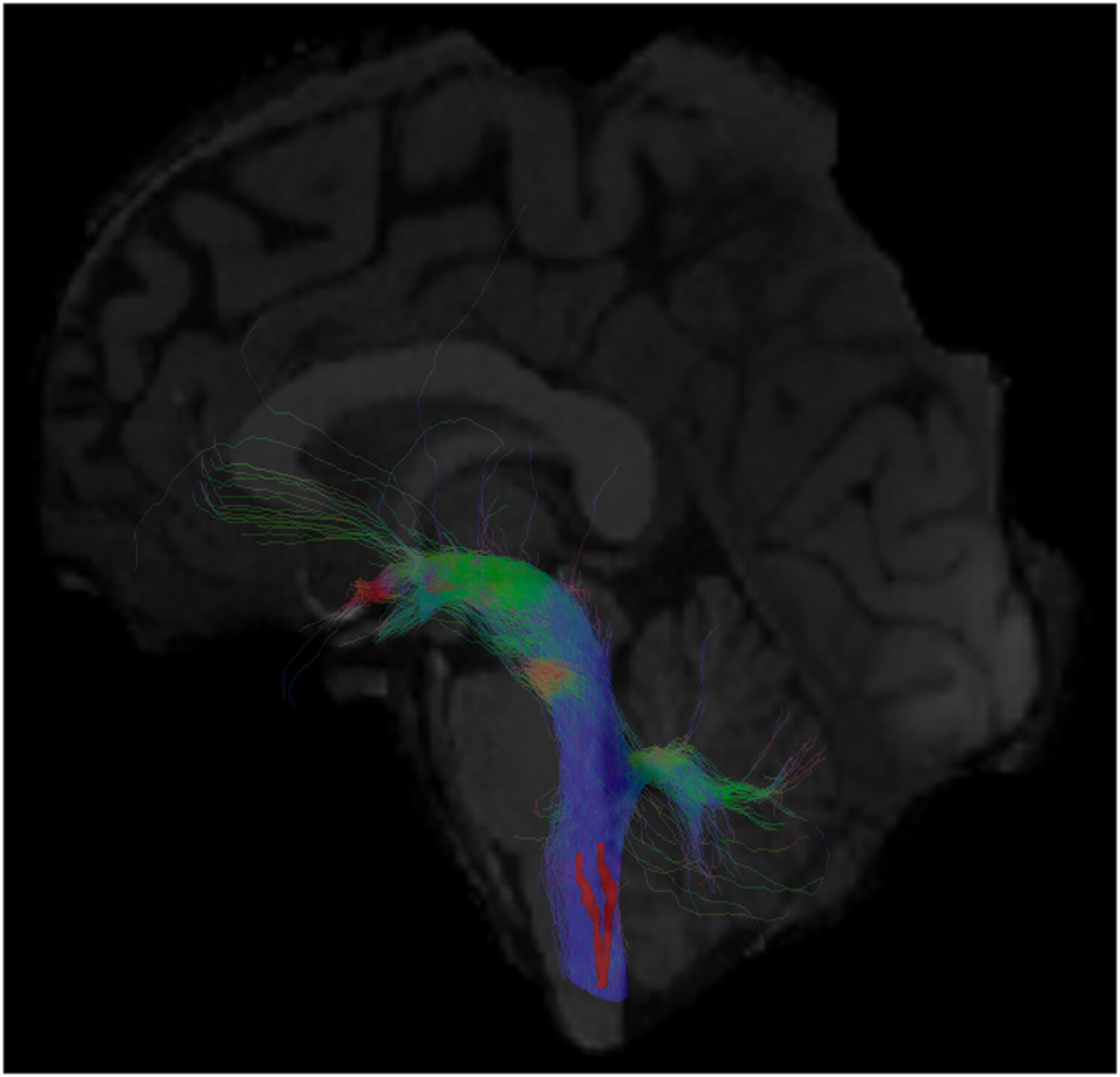
Displayed is the white matter NTS connectogram, indicating strongest connectivity towards brainstem regions, in addition to connectivity towards subcortical and cortical regions. Our results support the feasibility of studying structural connections between the NTS, a small structure in the brainstem, and several regions in the CNS.
CLINICAL AND TRANSLATIONAL NEUROSCIENCE
Hippocampus mediates nocebo impairment of opioid analgesia through changes in functional connectivity
- Pages: 3967-3978
- First Published: 10 May 2022
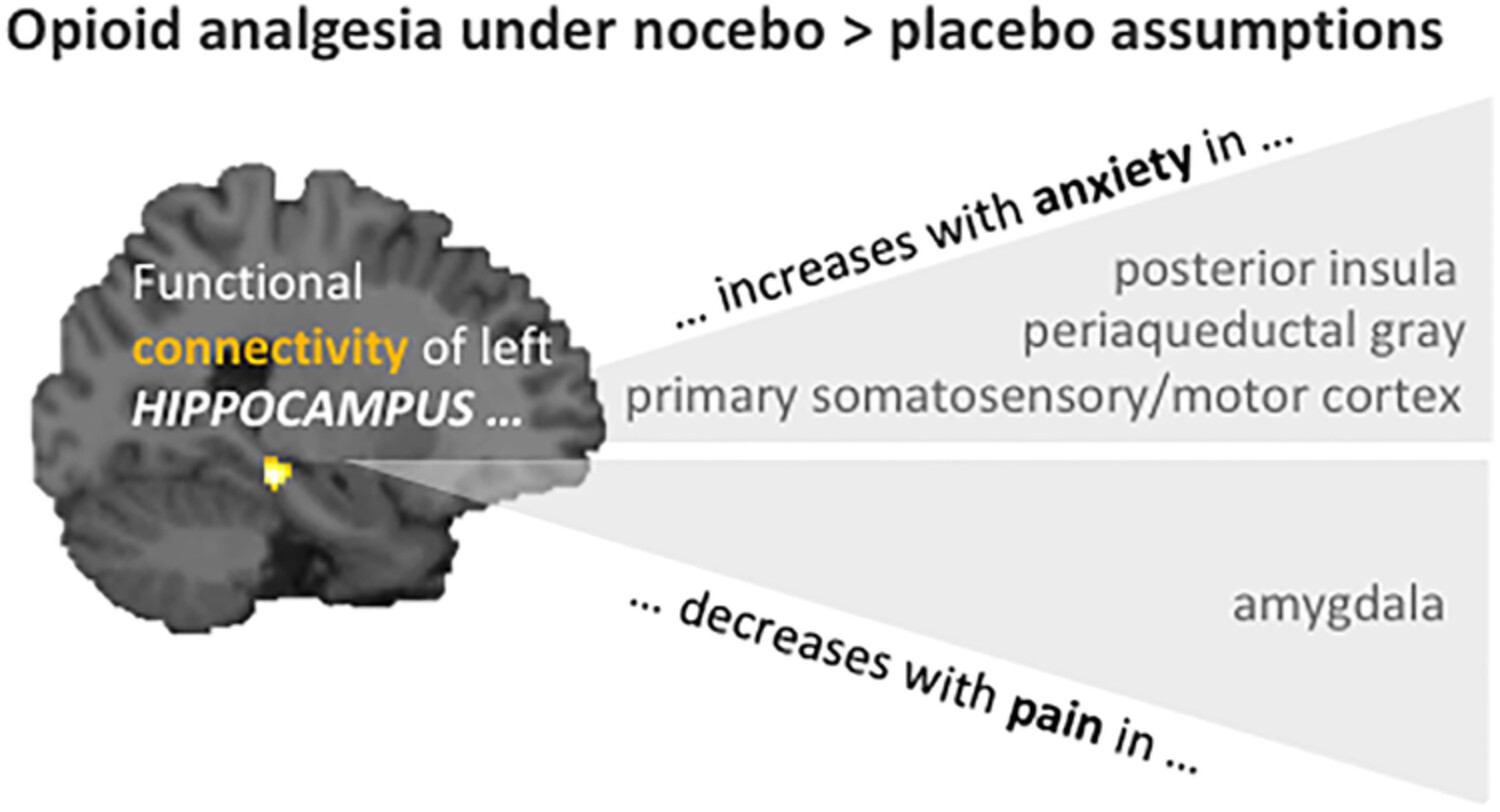
Using fMRI, we previously showed that hippocampal activity correlates positively with a nocebo-induced impairment of opioid analgesia in healthy human volunteers. Here, we follow up on these findings by showing that these nocebo-related changes are linked to an increase in hippocampal functional connectivity with posterior insula, periaqueductal grey and primary somatosensory/motor cortex (SI/MI) that scaled with ratings of anxiety and to a decrease in connectivity with the amygdala that scaled with pain intensity ratings.
Modulation of sensory cortical activity by deep brain stimulation in advanced Parkinson's disease
- Pages: 3979-3990
- First Published: 12 May 2022
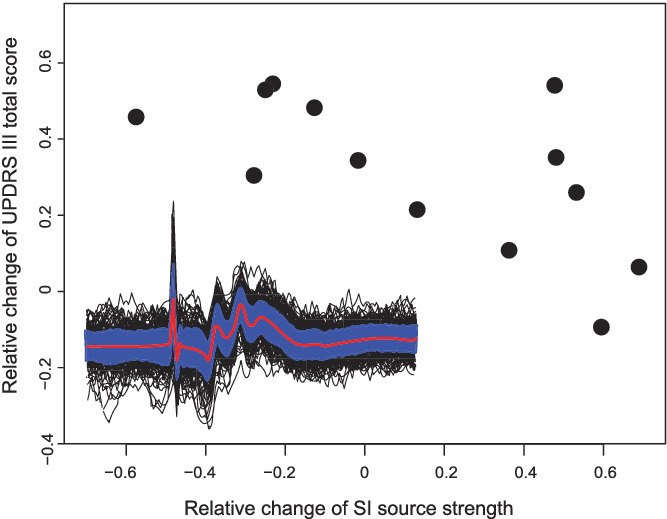
The beneficial effect of deep brain stimulation (DBS) in advanced Parkinson's disease (PD) is well known, but the relationship between sensorimotor activity and clinical improvement remains unclear. We studied DBS-induced changes in somatosensory processing in PD before and after DBS implantation with magnetoencephalography (MEG). MEG may help in exploring the neurophysiological basis of DBS, but the high interindividual variability and poor tolerability of DBSOFF warrant larger patient groups.
Systematic analysis of critical genes and pathways identified a signature of neuropathic pain after spinal cord injury
- Pages: 3991-4008
- First Published: 12 May 2022
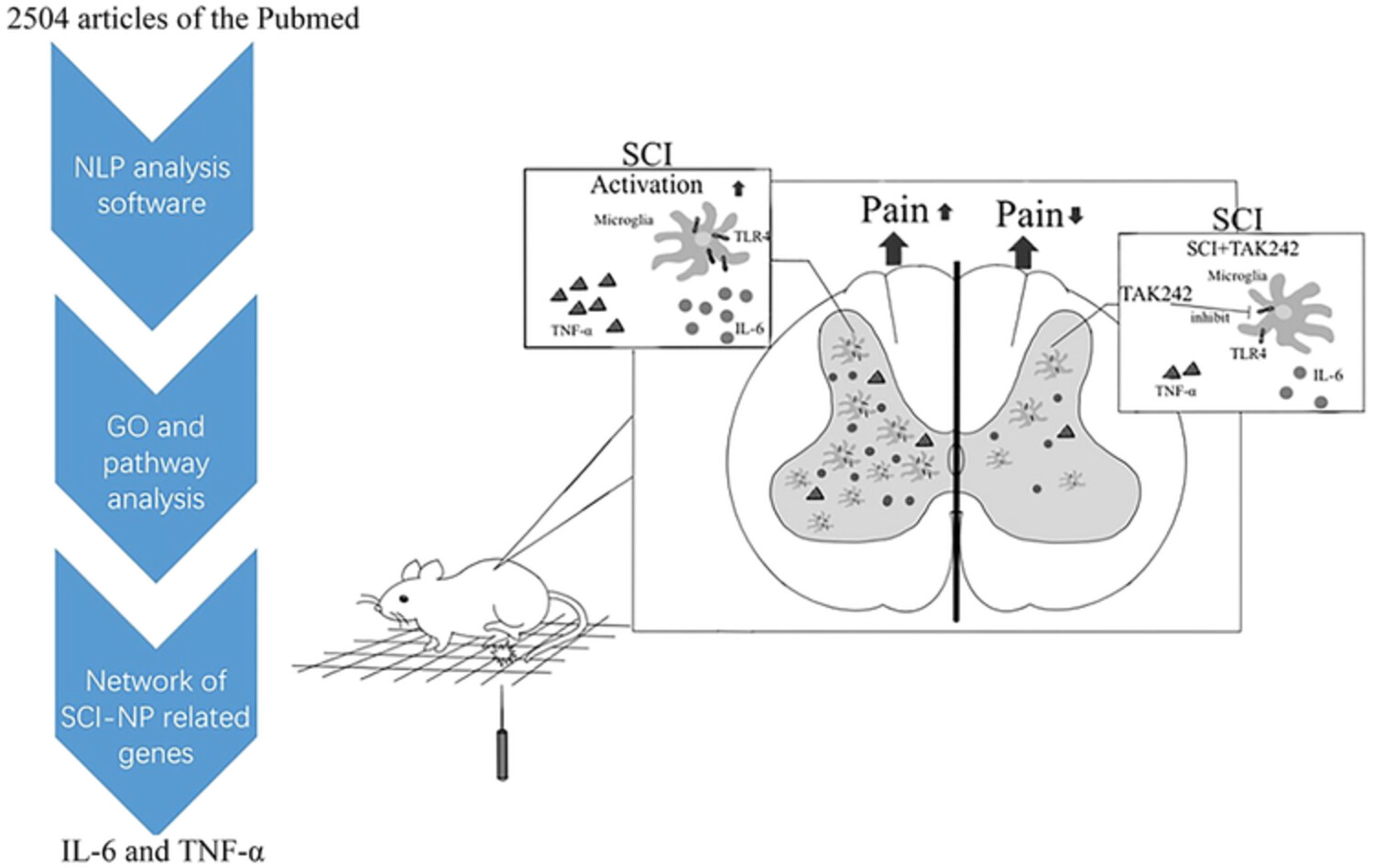
Interleukin-6 (IL-6) and tumour necrosis factor-α (TNF-α) are critical genes in spinal cord injury neuropathic pain after systematic analysis, and neuropathic pain and neuroinflammation caused by IL-6 and TNF-α are alleviated by inhibiting the inflammatory pathway TLR4/MyD88/NF-κB inflammatory pathway.










